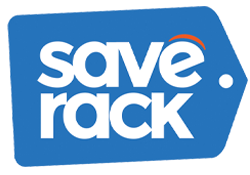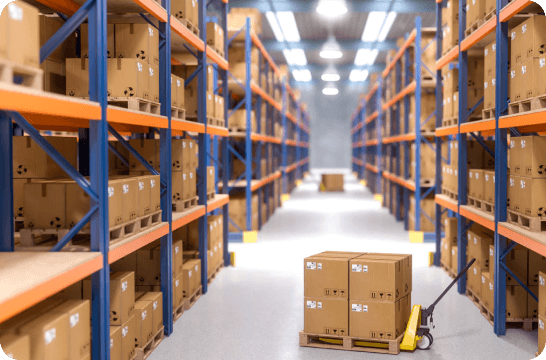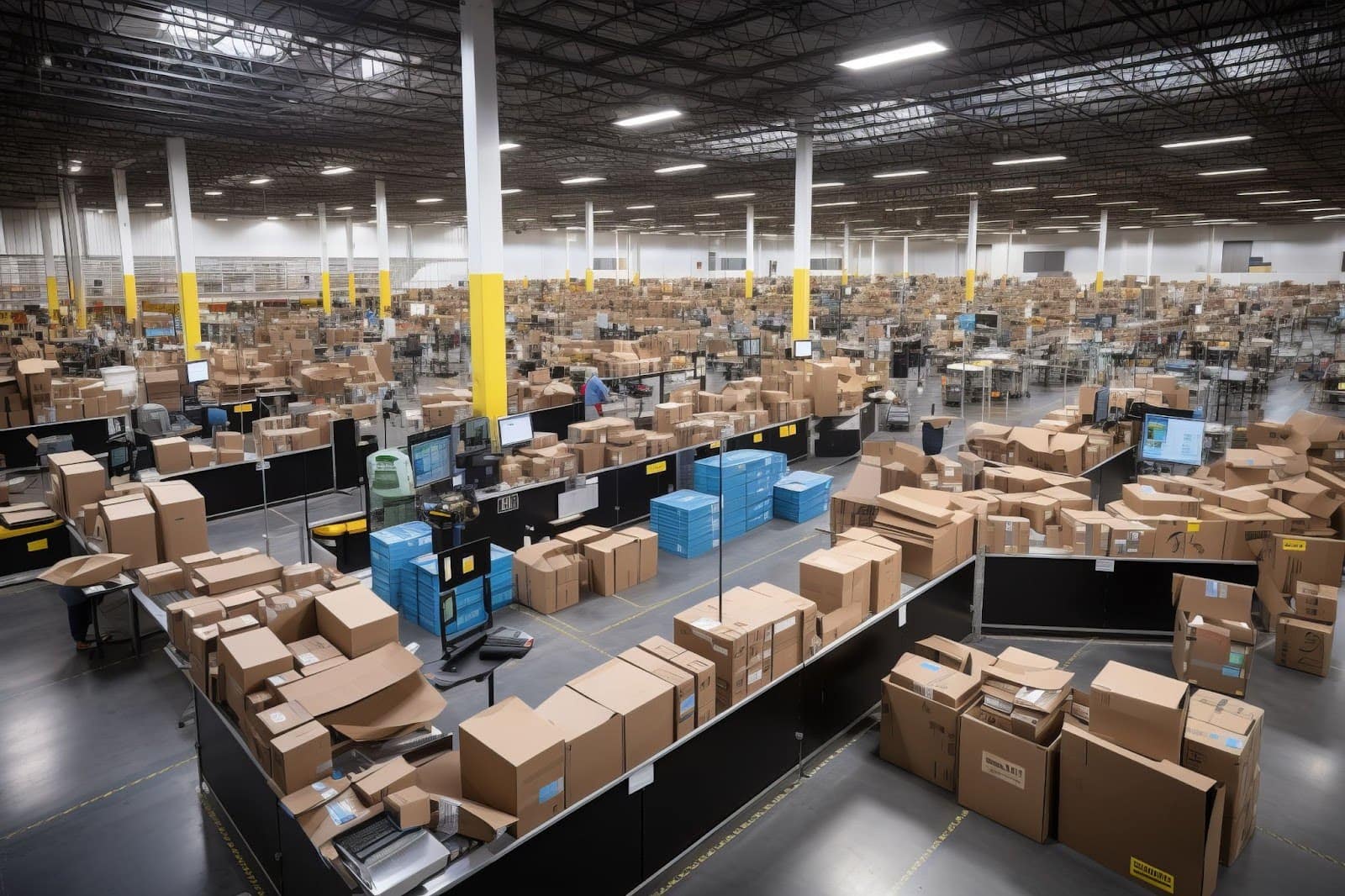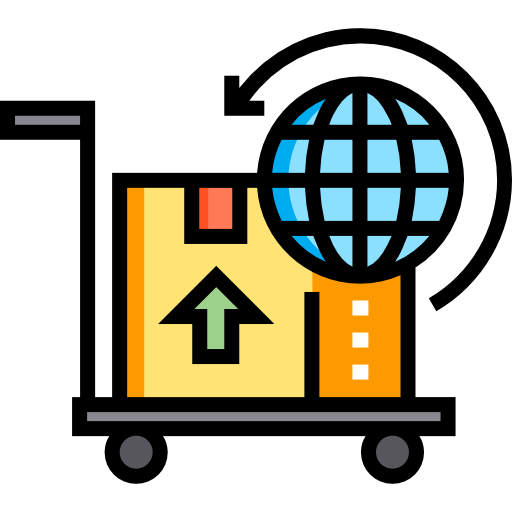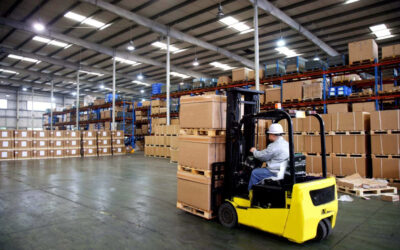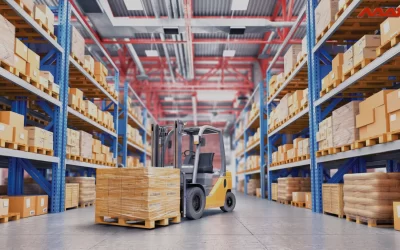It can be difficult to efficiently handle all logistical aspects of online retail, whether just starting out or with an established brand under your belt. Customers likely don’t consider the intricate machinery behind yielding a “purchase.” While the intricate mechanisms of electronic commerce transaction conclusion may not be completely comprehended, hastily selecting the most suitable strategy for your enterprise would be misdirected. Mistakes in this process can bring about postponed deliveries, dissatisfied consumers, and unnecessary expenses.
This guide breaks down the basic parts of electronic commerce fulfillment and sheds light on how collaborating with a third-party logistics provider, for example, Save Rack, can streamline your operations, reduce fees, and heighten customer satisfaction.
REQUEST A QUOTE!
Understanding E-commerce Order Fulfillment
E-commerce order fulfillment refers to the end-to-end methodology of transporting an item to a client after an online purchase is placed. This involves receiving inventory, storing it, selecting and packaging items, shipping, and handling returns. Merchants can handle finalization internally or farm it out to a 3PL provider such as Save Rack.
Unlike general retail finalization, e-commerce fulfillment focuses on direct, oftentimes small-package deliveries straight to the consumer, typically with high frequency and rapid expectations.
E-commerce vs. Direct-to-Consumer Fulfillment
While the terms are occasionally used interchangeably, they describe distinct concepts. Direct-to-consumer (DTC) fulfillment denotes brands that sell and deliver straight to buyers without middlemen. Though many DTC brands leverage e-commerce platforms, not all e-store sellers are DTC. For example, a retailer may list products on Amazon and use Amazon FBA or dropshipping.
Grasping this nuance is pivotal when deciding how to scale and which fulfillment strategy to adopt
Key Steps in E-commerce Fulfillment
A seamless e-commerce order fulfillment process relies on well-defined stages:
1. Receiving Inventory
Your fulfillment process starts the moment inventory is delivered to your warehouse or 3PL partner. Accuracy in logging SKUs and quantities is essential.
2. Inventory Storage
Efficient storage systems—ranging from simple bins and racks to cutting-edge automated setups—make quickly and accurately retrieving items a breeze.
3. Picking and Packing
Once an order is received, fulfillment staff locate the correct items (picking), then package them securely (packing), often using branded or protective materials.
4. Shipping
Orders are shipped via parcel carriers. Selection of carriers and shipping methods depends on destination, weight, and cost preferences.
5. Returns Management
A smooth return and exchange process is essential for customer retention. Items must be inspected, restocked, or discarded promptly.
Core Services That Enable Fulfillment
Order Management
While optimized order management systems assure commands are recorded, handled, and monitored across all platforms, Save Rack supplies seamless integration with over a hundred platforms, permitting live alterations and visibility.
Inventory Management
Proper inventory tracking prevents stockouts and overstock situations. Save Rack’s advanced system ensures real-time updates and maintains optimal inventory levels.
Warehousing
Storage space should be scalable and temperature-controlled, with systems in place to adapt during seasonal fluctuations. Save Rack’s Florida-based facilities are equipped for secure and responsive storage solutions.
Shipping & Delivery
Shipping isn’t just a backend operation—it’s part of your brand’s promise. Offering accurate, on-time delivery is essential, and Save Rack’s negotiated carrier rates and strategic location make this easier.
Reverse Logistics
Handling returns with speed and accuracy protects your bottom line. A flexible return policy, supported by clear workflows, can increase customer loyalty and reduce operational disruptions.
Simplify Your Fulfillment!
Call us at 515-717-0429
Developing an E-commerce Fulfillment Strategy
Location Optimization
Placing inventory closer to your customer base reduces transit times and costs. With a fulfillment center in Florida, Save Rack helps minimize delays across key southeastern markets.
Shipping Tactics
Shipping impacts both acquisition and retention. Tactics such as including shipping costs in product pricing or offering free economy shipping with optional expedited upgrades can balance consumer expectations with profit margins.
Return Policy Framework
An effective return policy should align with your product lifecycle while maintaining customer satisfaction. Consider shorter return windows for seasonal items or discounted products.
Choosing the Right Fulfillment Model
In-House Fulfillment
Suitable for new or small-volume sellers. As volume increases, managing space, labor, and systems internally can become inefficient and costly.
Dropshipping
Ideal for low-capital operations, but often results in longer shipping times and lower margins. Control over customer experience is limited.
Amazon FBA
Allows access to Amazon’s logistics network. However, it comes with high storage fees and limited customization options. Some sellers report increased return rates due to Amazon’s lenient policies.
Third-Party Logistics (3PL)
Working with a 3PL like Save Rack allows businesses to offload fulfillment tasks while scaling efficiently. Save Rack’s infrastructure supports real-time data, rapid order processing, and personalized customer experiences.
Benefits of Outsourcing to a 3PL
While outsourcing may seem expensive upfront, the long-term savings in labor, technology, storage, and time often outweigh the costs.
In-house costs include:
- Labor and staffing
- Warehouse rental or ownership
- Packaging supplies
- Software and systems
- Shipping rates (non-negotiated)
Opportunity costs include:
- Time lost to logistics that could be spent growing the brand
- Potential service delays and errors
- Scaling limitations
What E-commerce Order Fulfillment Looks Like with Save Rack
As a 3PL that originated in Florida, Save Rack has grown by prioritizing client success and customer satisfaction. Our e-commerce fulfillment service includes:
1. Inventory Management
When your products arrive, they are immediately logged into our smart inventory system. This enables real-time tracking and efficient stock control.
2. Order Processing
Orders are routed to the nearest Save Rack warehouse. From there, they’re picked, packed, and labeled—whether using branded packaging or standardized options.
3. Optimized Shipping
We analyze shipping options in real time to select the most cost-effective route. Also, our bulk carrier partnerships ensure discounted rates.
4. Seamless Returns
Returns are processed with the same efficiency as outgoing orders. We inspect, recondition (if needed), and restock quickly, ensuring minimal disruption to your inventory.
Why Save Rack Is the Right 3PL for You
At Save Rack, we’ve built our e-commerce order fulfillment service on four pillars: trust, accountability, communication, and customer experience. From same-day shipping to temperature-controlled warehousing, every part of our operation is designed to help your business thrive.
We integrate with over 100 platforms and provide dedicated support. With Florida roots and nationwide reach, Save Rack is ready to support your business as it grows, without compromising speed or accuracy.
However, for enterprises hoping to maximize their online trade operations without the migraines of in-house logistics, Save Rack is a dependable and economical ally.
Looking to improve your e-commerce order fulfillment process? Call Save Rack today at 515-717-0429.
